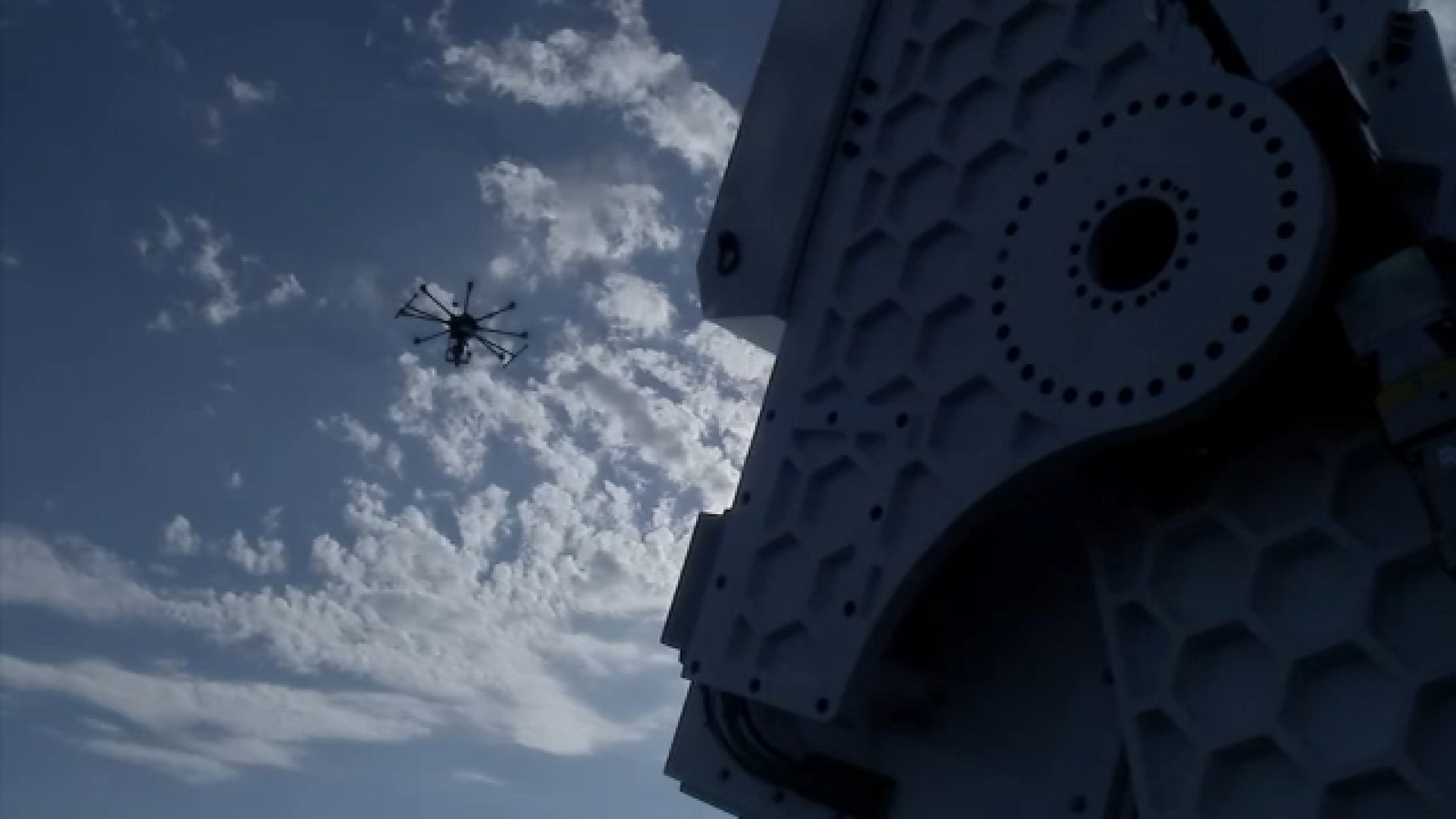Revolutionary Ultrasound Tech Could Power Medical Implants Wirelessly, Eliminating Battery Concerns

The Challenge of Powering Medical Implants
For years, medical implants and underwater electronics have grappled with a fundamental hurdle: how to provide consistent and safe power. Traditional wireless charging solutions, such as electromagnetic induction and radio frequency waves, have proven effective for consumer devices like earbuds and smartphones. However, adapting these methods for the demanding environment within the human body or underwater presents significant challenges.
Introducing Ultrasound-Based Wireless Power Transfer
Now, groundbreaking research is offering a compelling alternative: ultrasound technology. Scientists are developing sophisticated systems that use focused ultrasound waves to transmit power wirelessly to medical implants. This innovative approach promises to eliminate the need for batteries in many implantable devices, a major breakthrough with profound implications for patient health and quality of life.
How it Works: A Deeper Dive
The technology revolves around the principle of piezoelectricity. Specialized transducers convert electrical energy into ultrasound waves, which are then directed towards the implant. Within the implant, a receiver transducer converts the ultrasound waves back into electrical energy, effectively powering the device. The beauty of this system lies in its ability to precisely focus the ultrasound beam, minimizing energy loss and ensuring efficient power transfer.
Benefits Beyond Battery Elimination
- Enhanced Safety: Ultrasound is known to be relatively safe at the power levels required for medical implants, reducing the risks associated with other wireless charging methods.
- Continuous Operation: Eliminating batteries means implants can operate continuously without the need for periodic replacements or charging sessions, improving reliability and patient convenience.
- Miniaturization: Smaller, battery-free implants can be designed, potentially leading to less invasive procedures and improved patient comfort.
- Versatility: This technology isn't limited to medical implants; it could also be applied to power underwater sensors, robotics, and other devices operating in challenging environments.
Current Research and Future Prospects
While still in its early stages, research in this area is rapidly advancing. Scientists are working to optimize the efficiency of ultrasound power transfer, reduce the size of the transducers, and ensure the long-term biocompatibility of the implantable components. Several research groups are exploring different frequencies and modulation techniques to maximize power delivery and minimize potential tissue heating. The potential for clinical applications is vast, ranging from pacemakers and drug delivery systems to neural implants and biosensors.
A New Era for Implantable Devices
Ultrasound-based wireless power transfer represents a paradigm shift in the field of medical implant technology. By eliminating the limitations of batteries, this technology paves the way for smaller, safer, and more reliable implantable devices, ultimately improving the lives of millions of people worldwide. As research continues and the technology matures, we can expect to see a growing number of applications emerge, transforming the landscape of healthcare and beyond.






